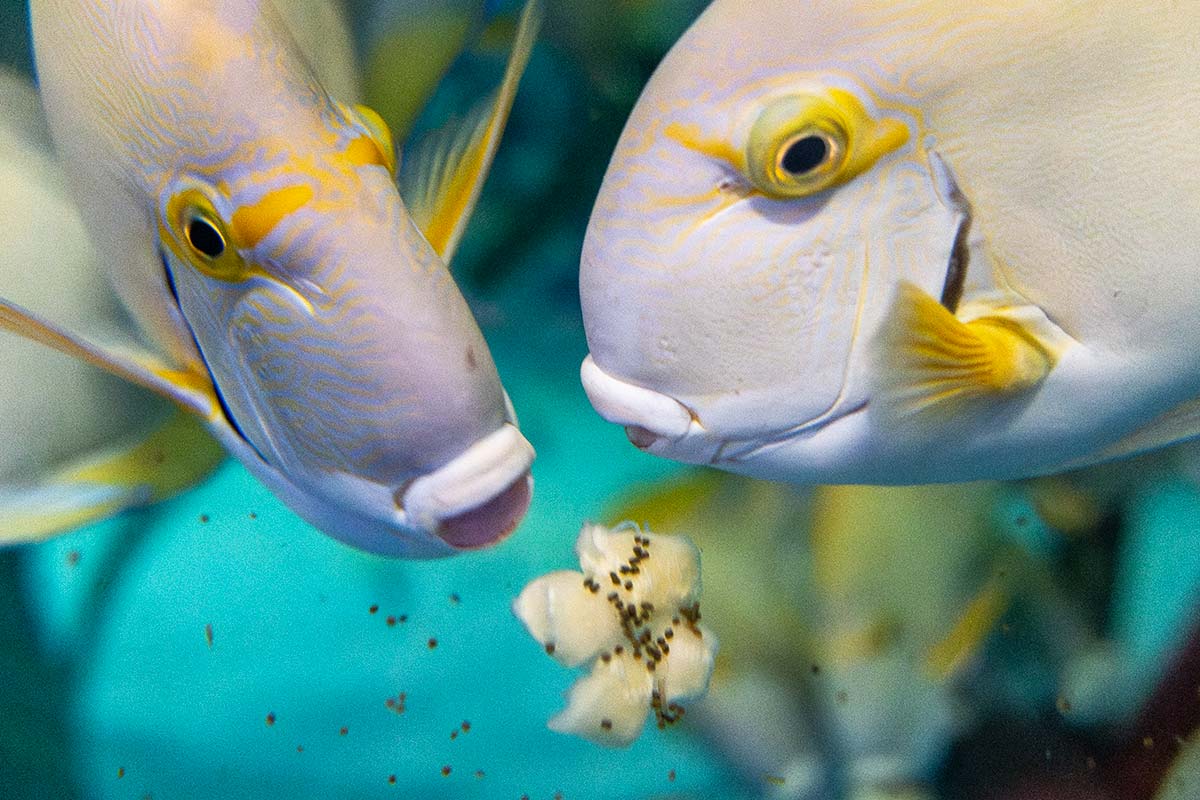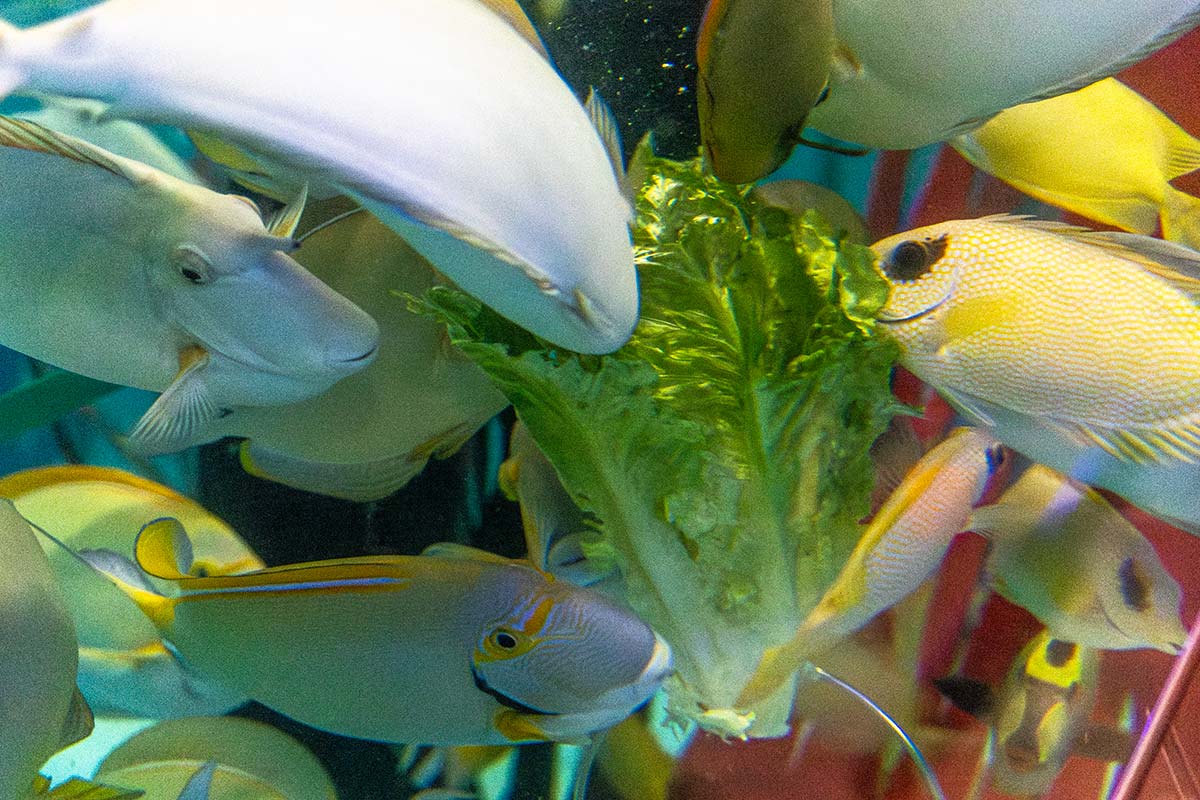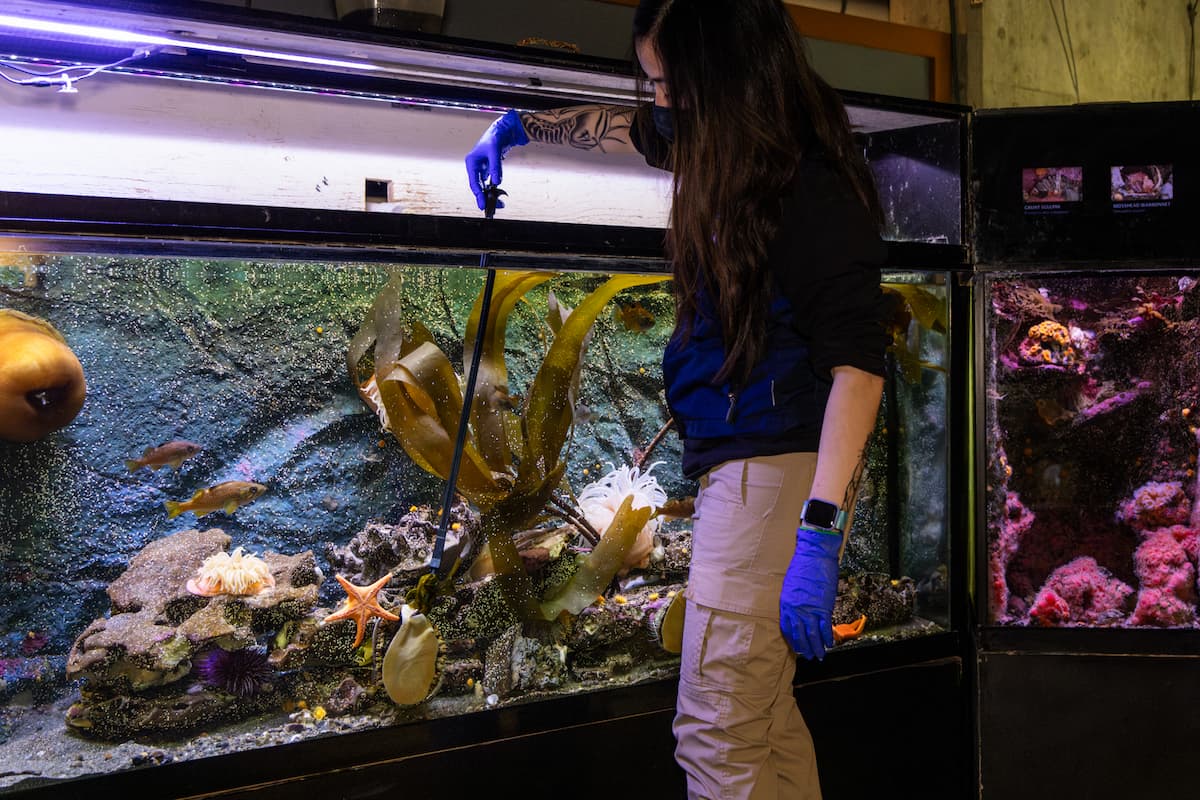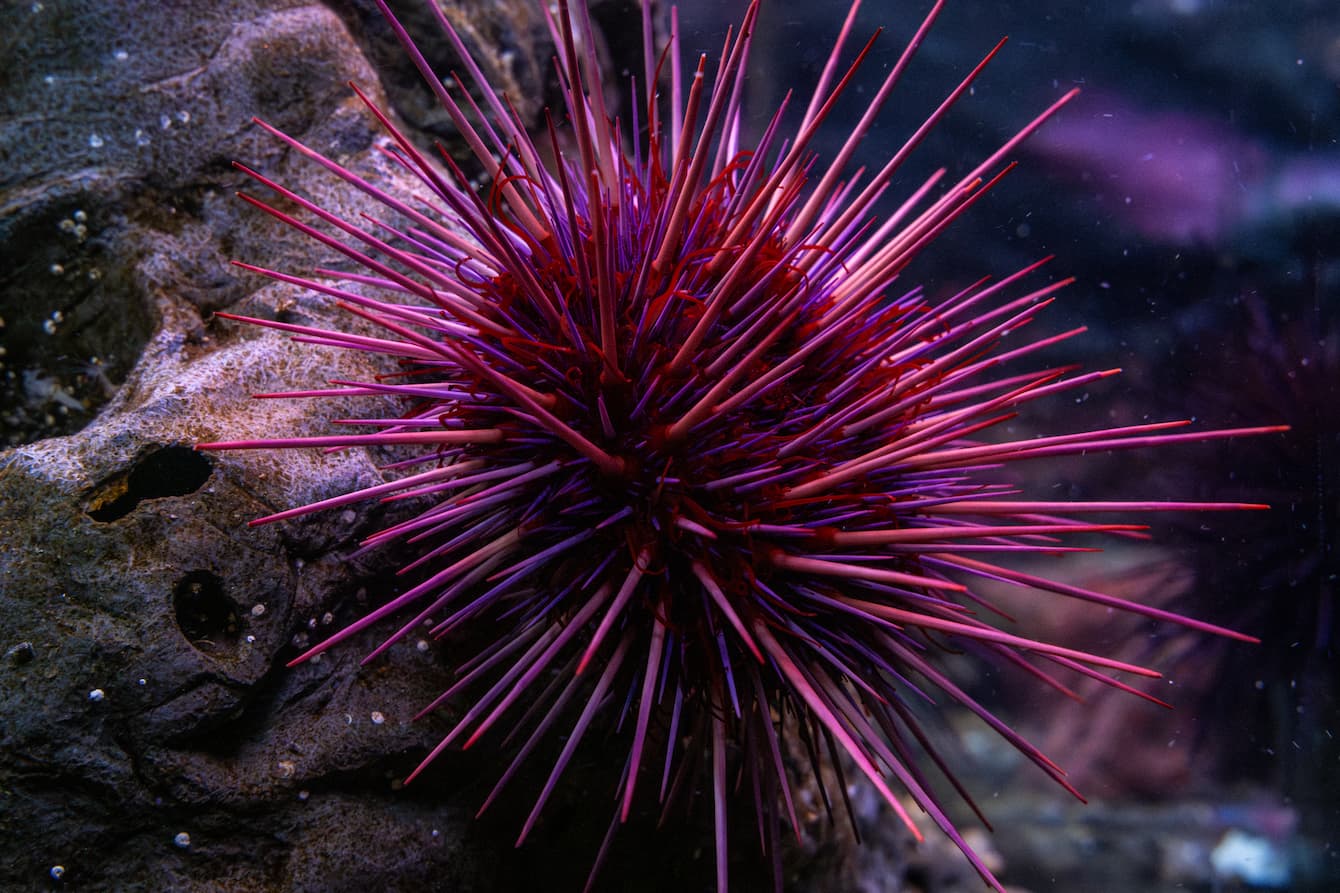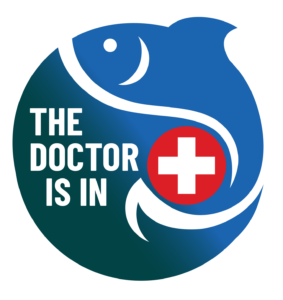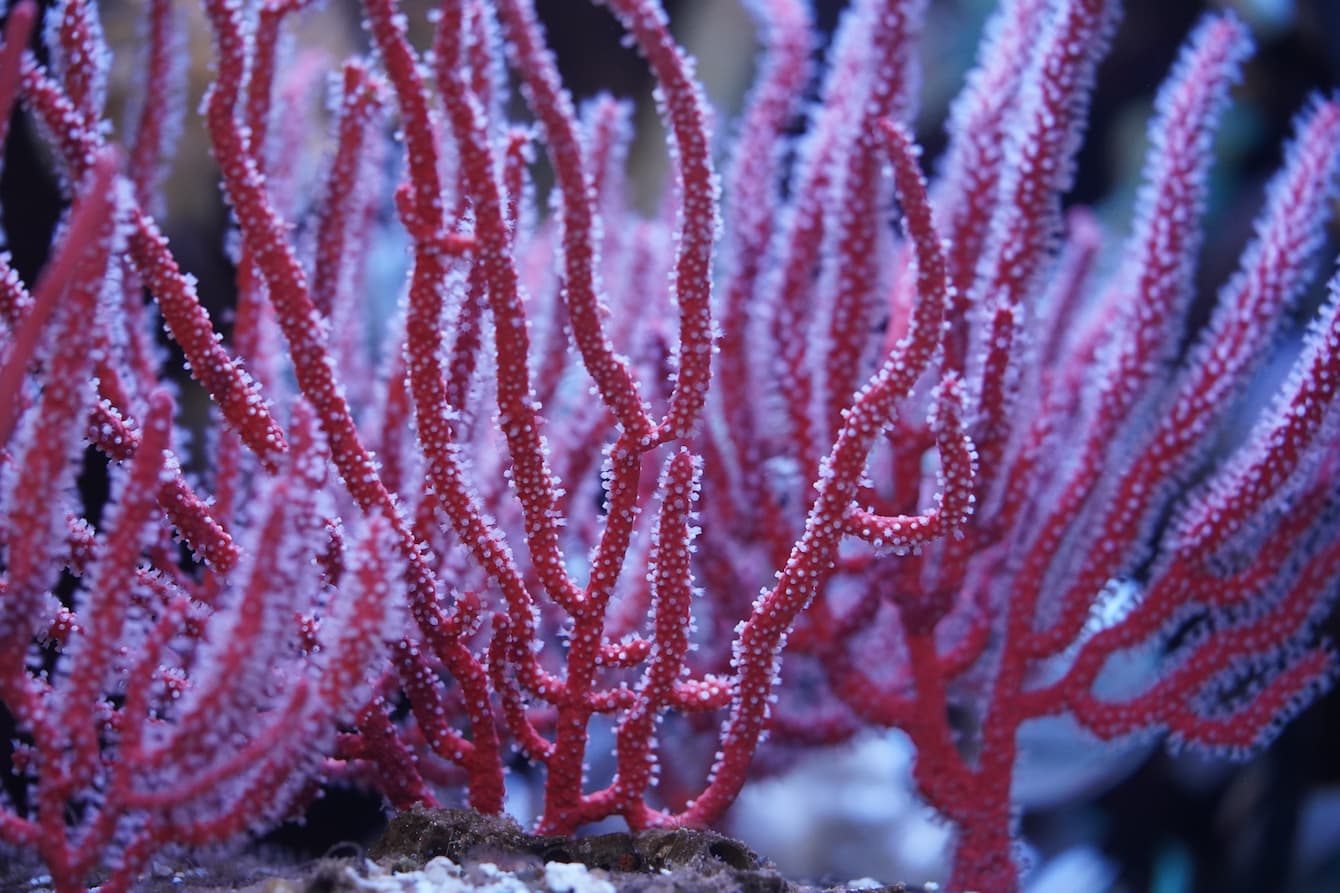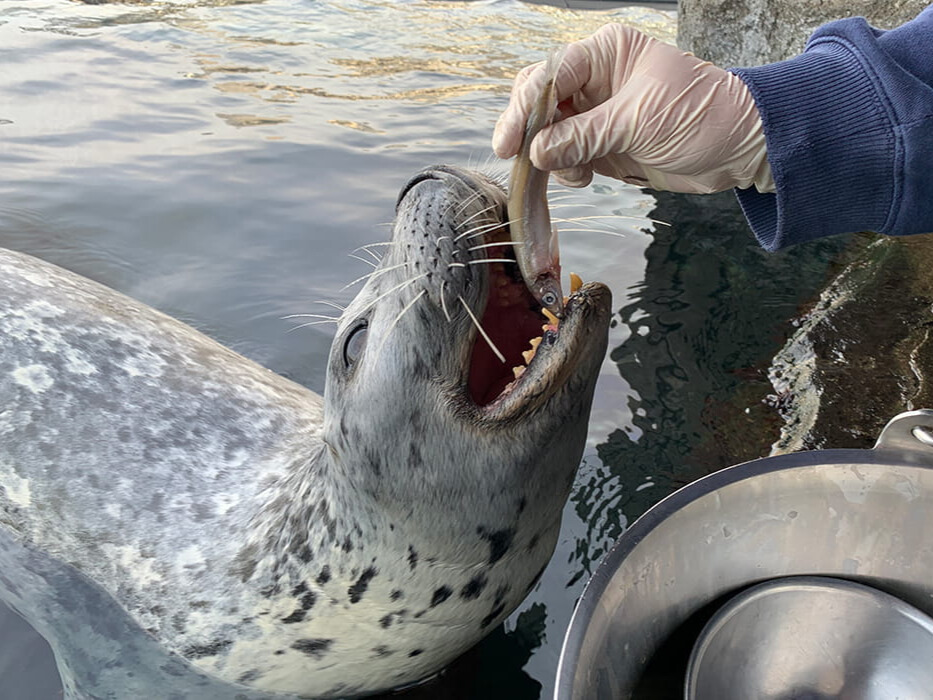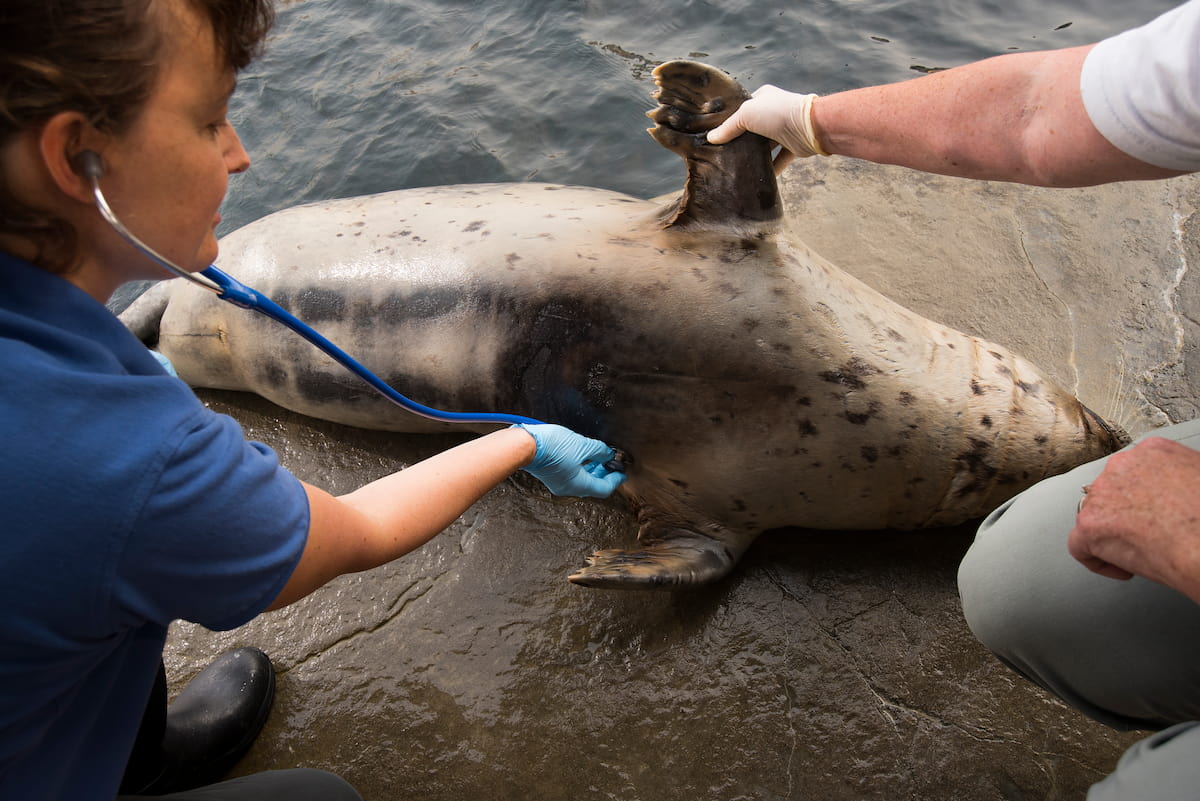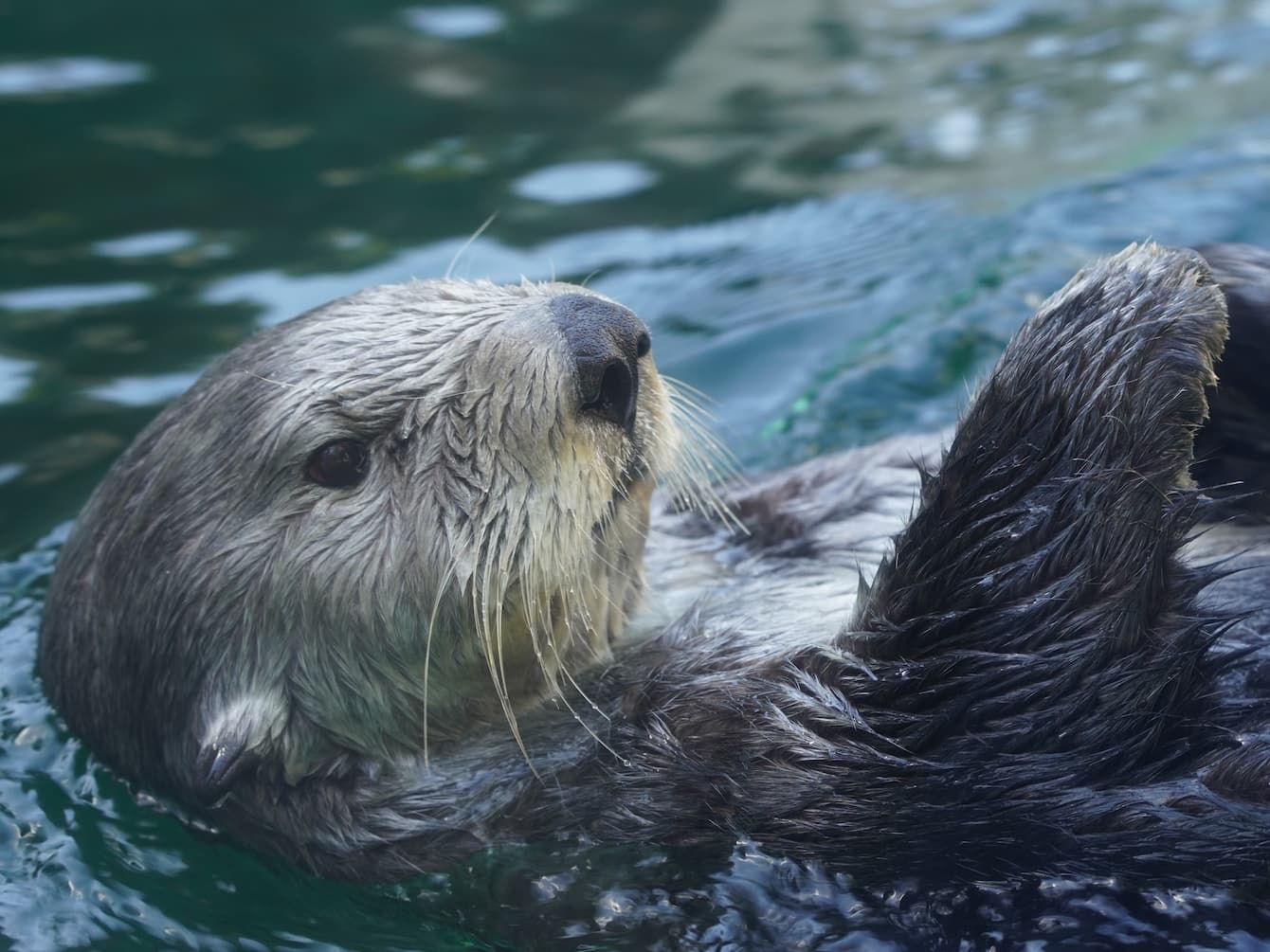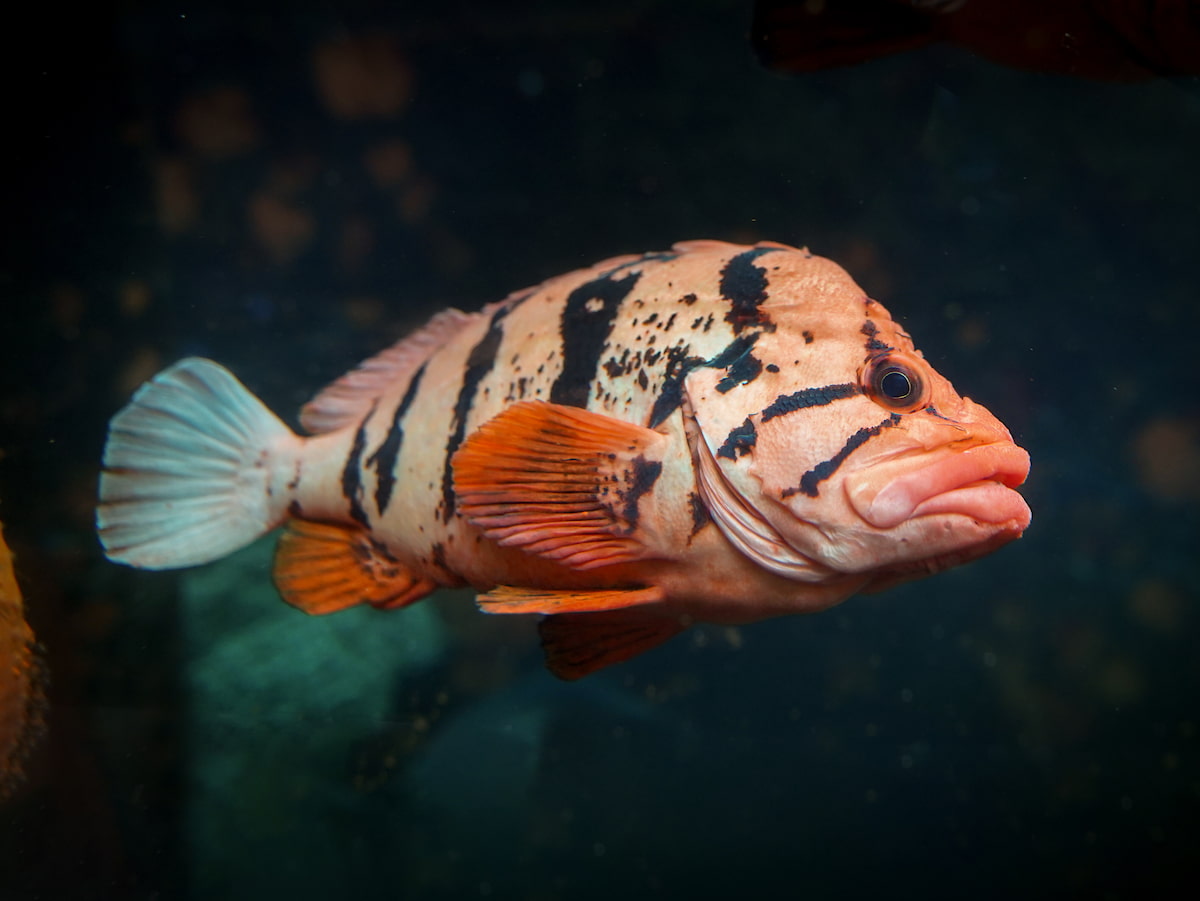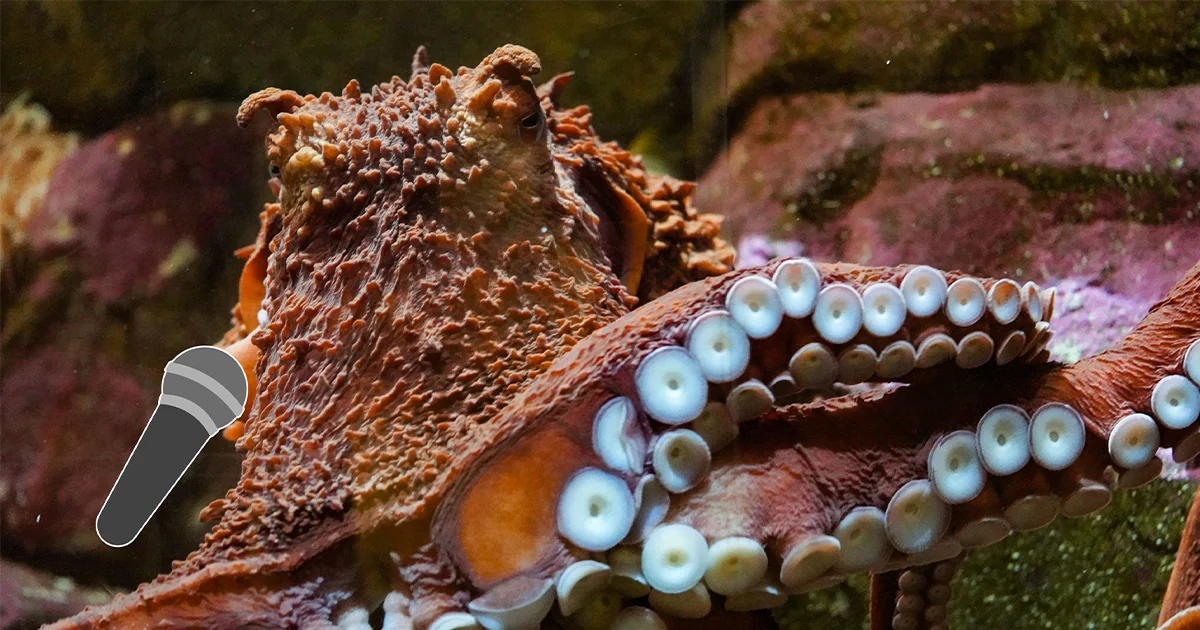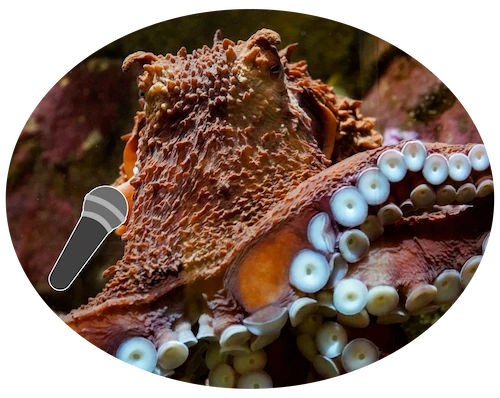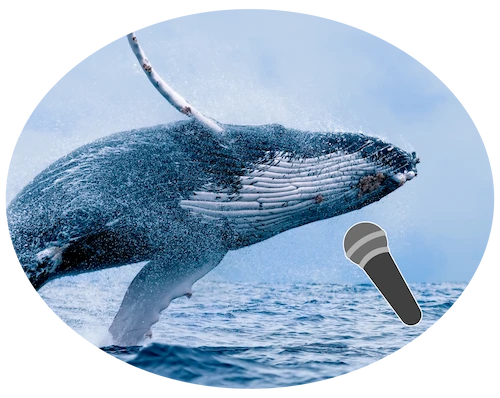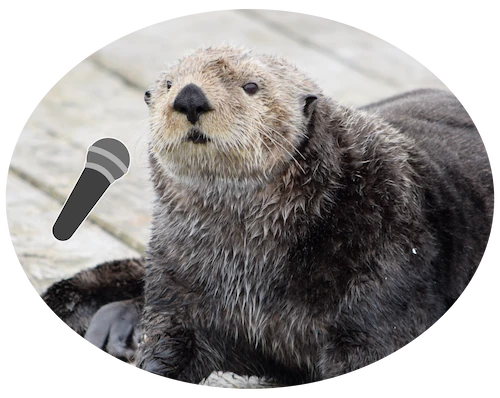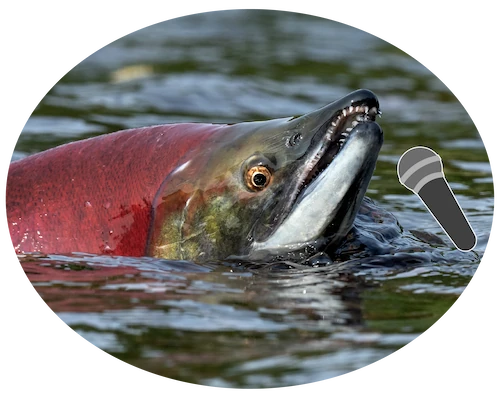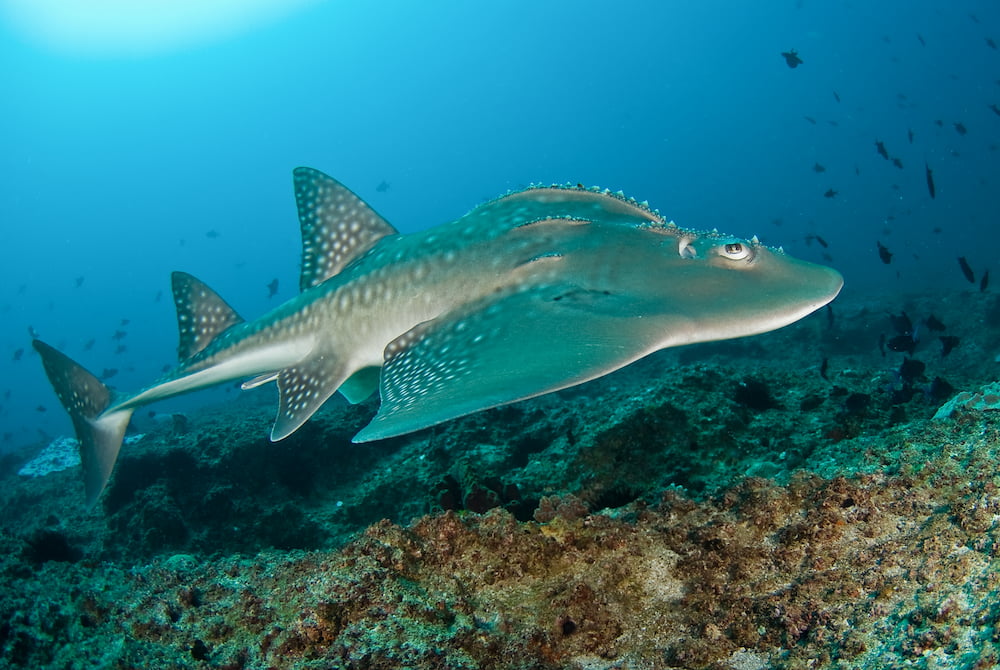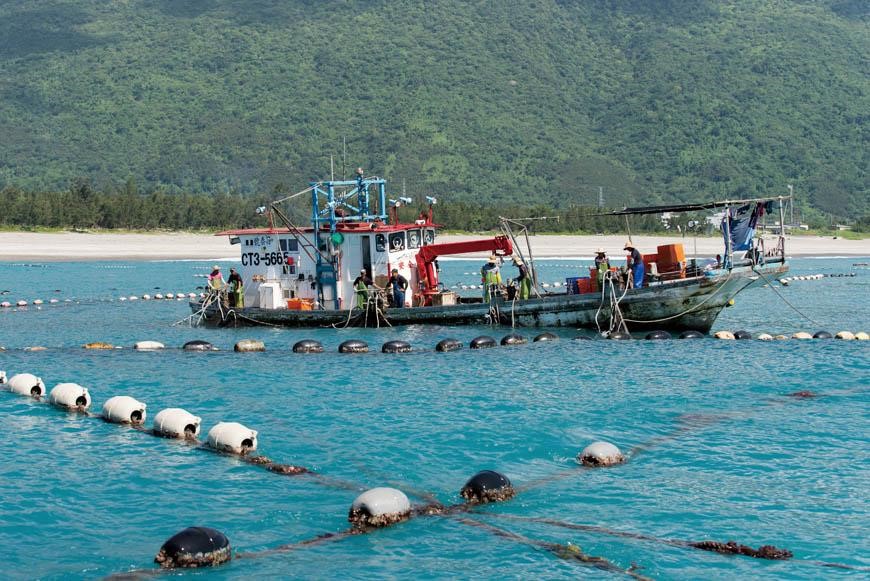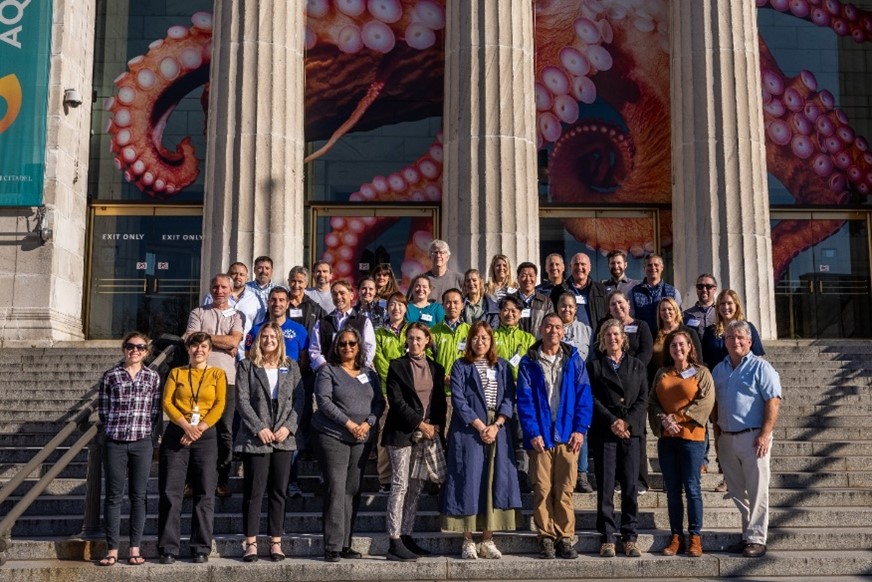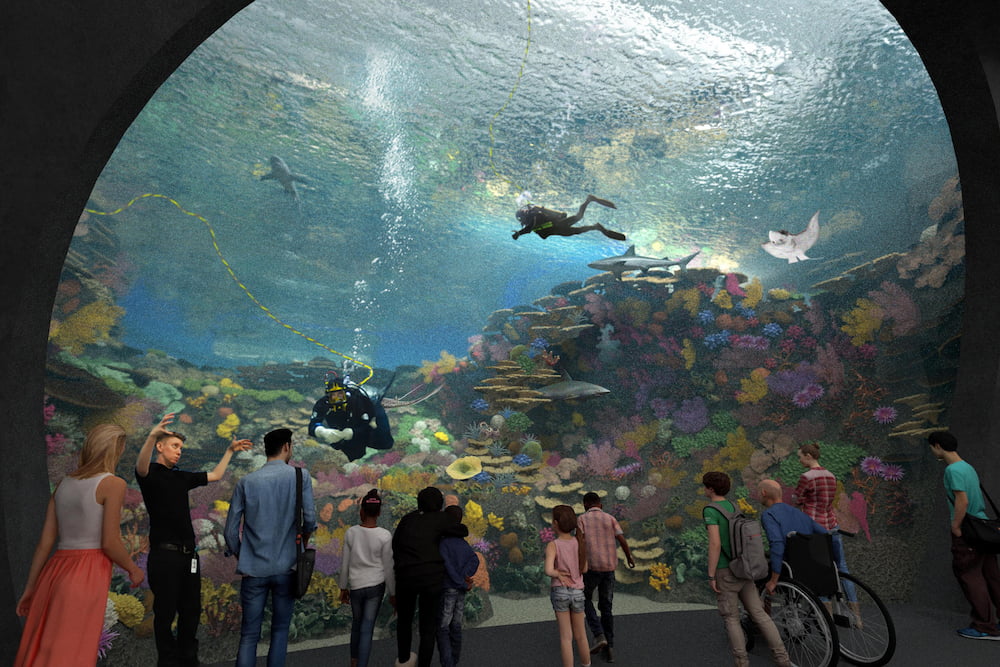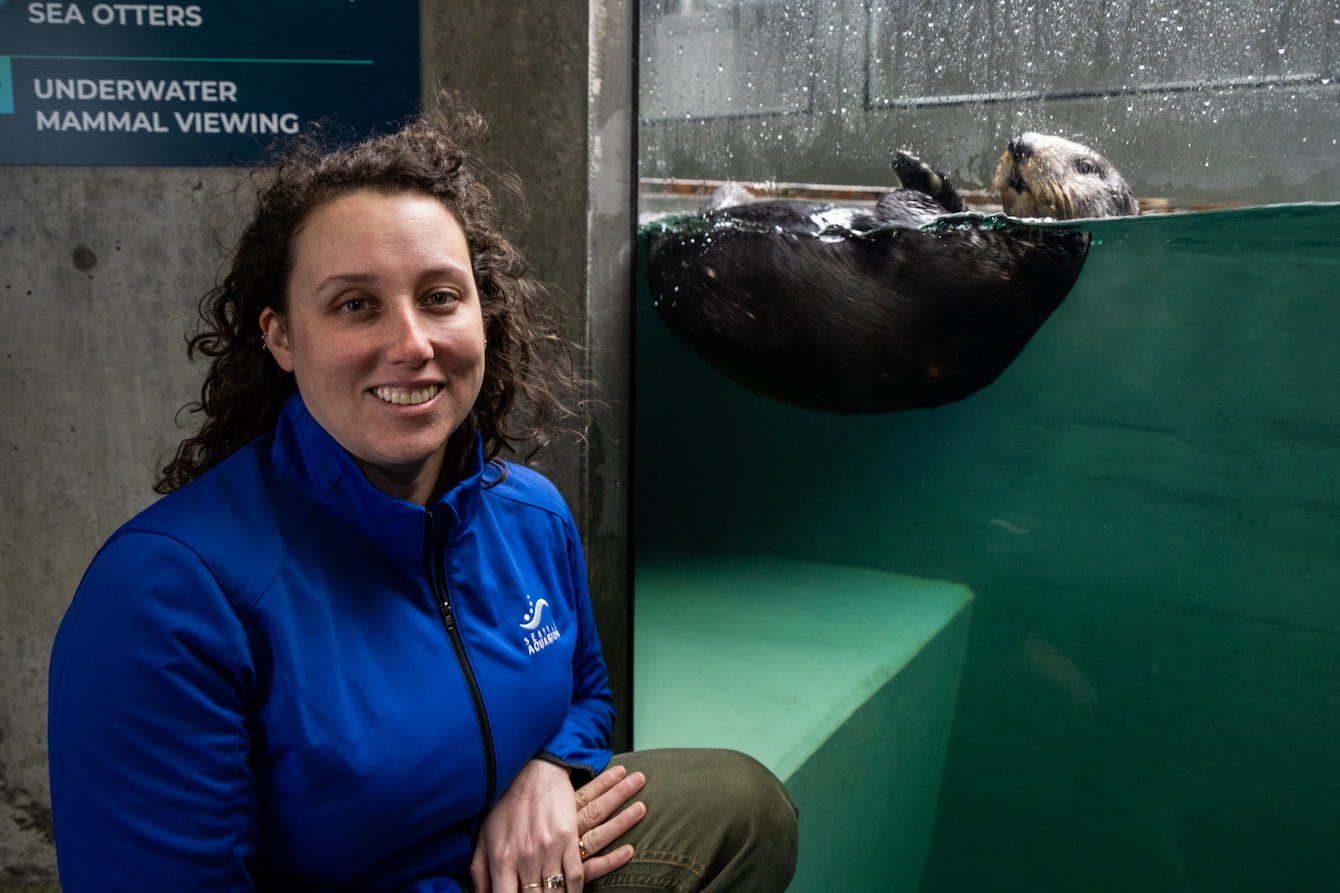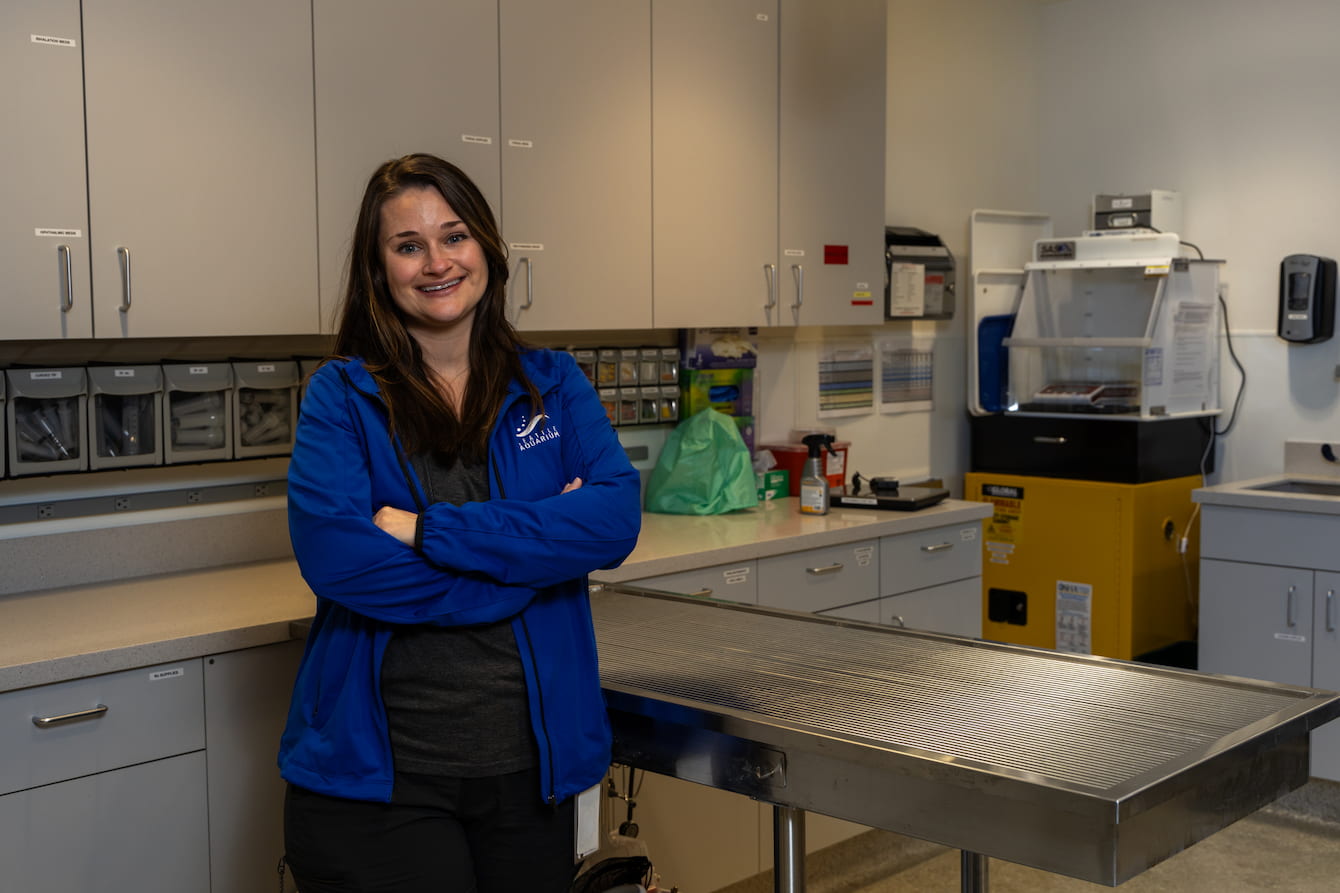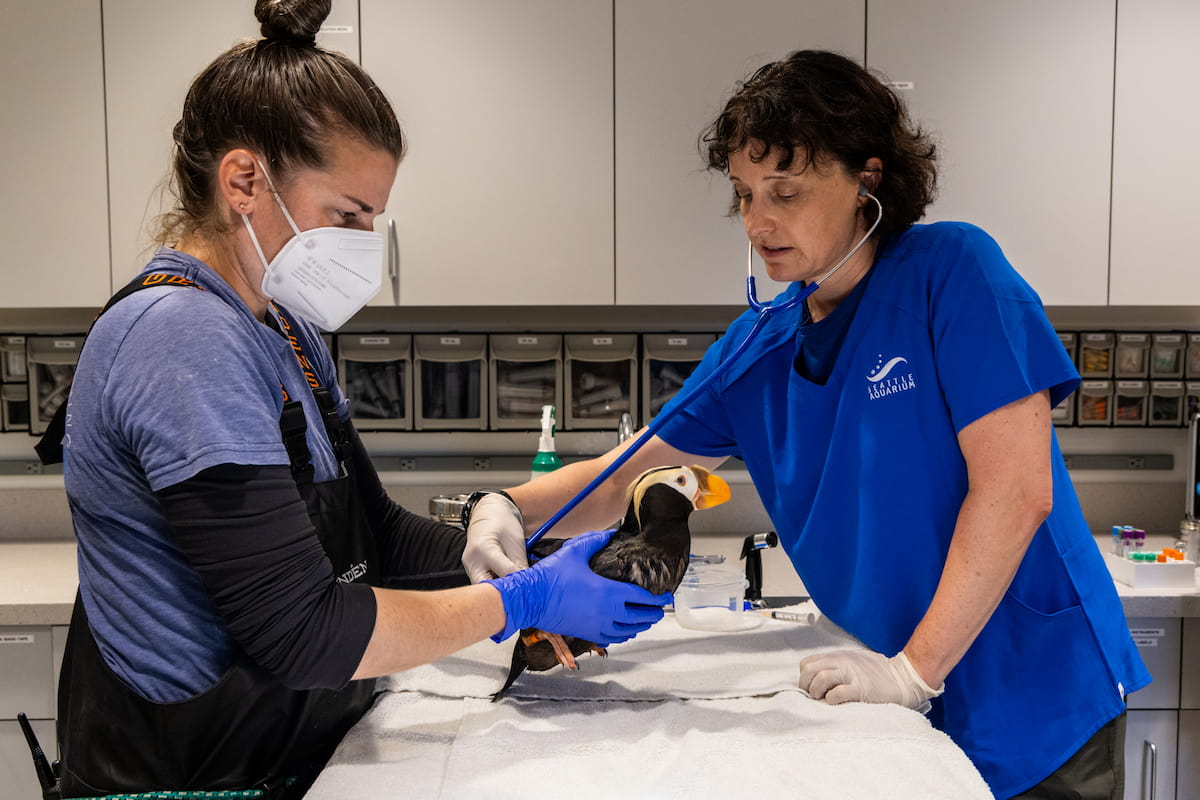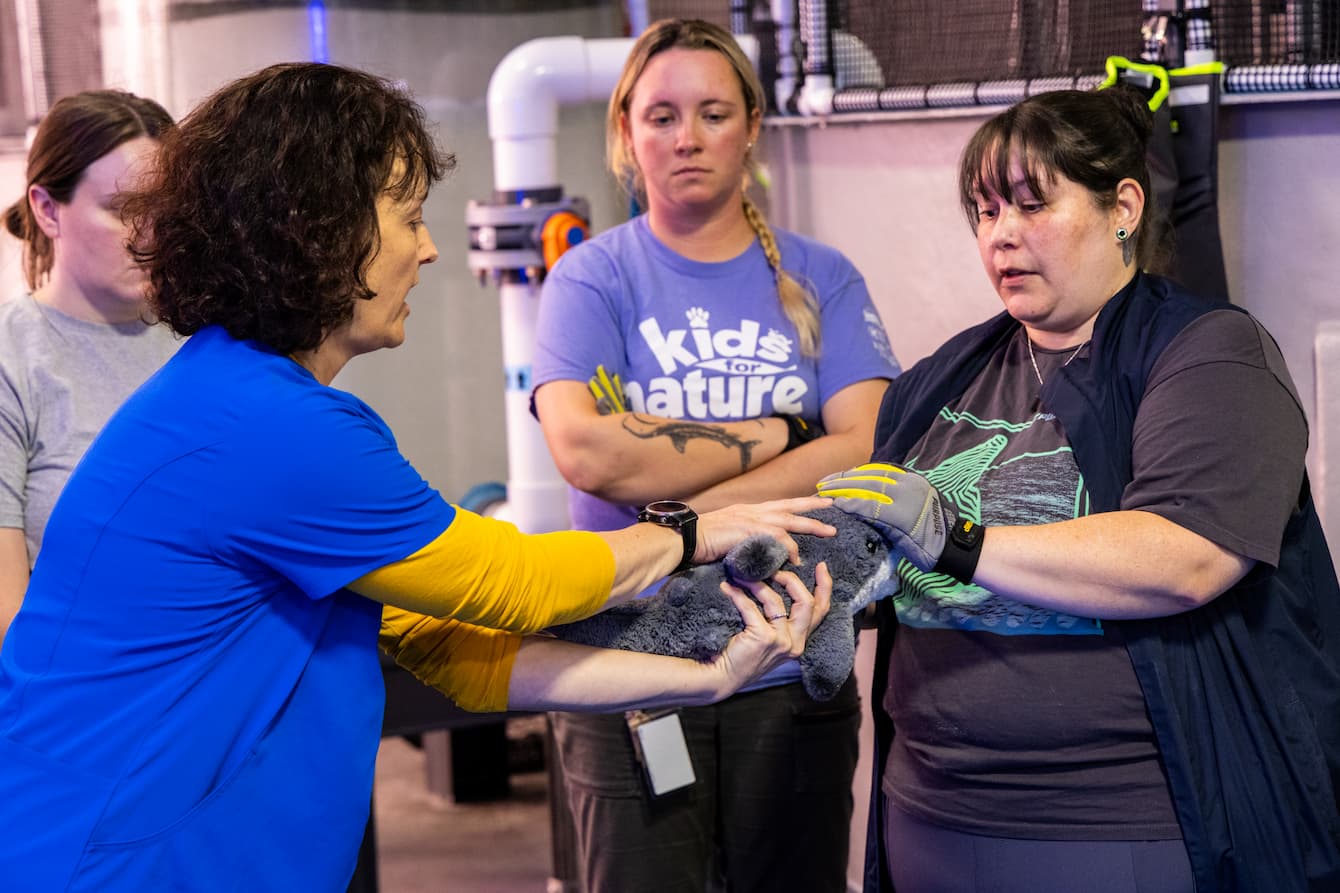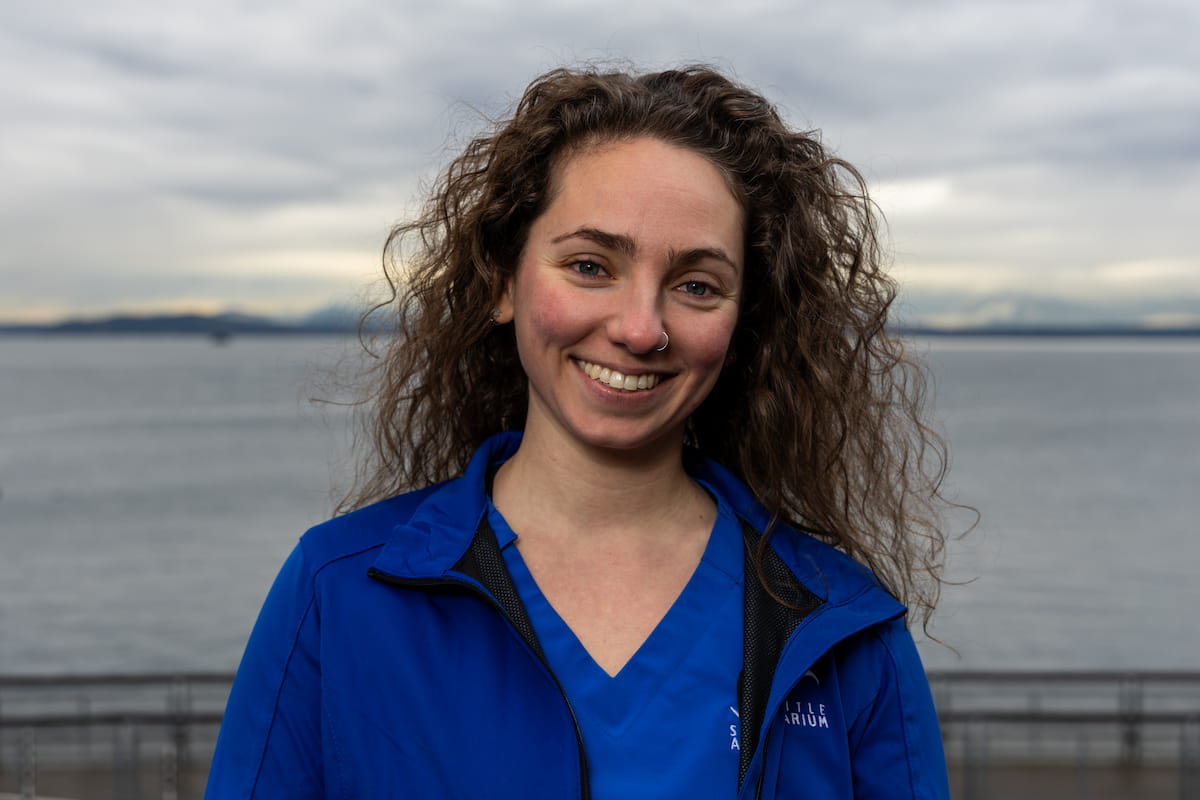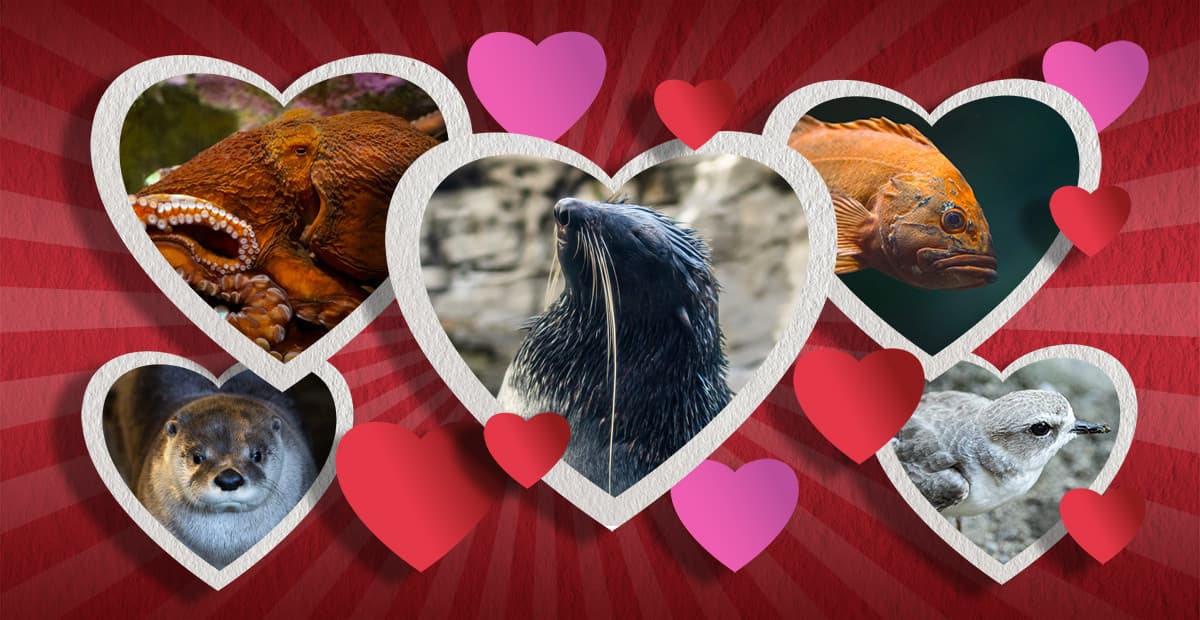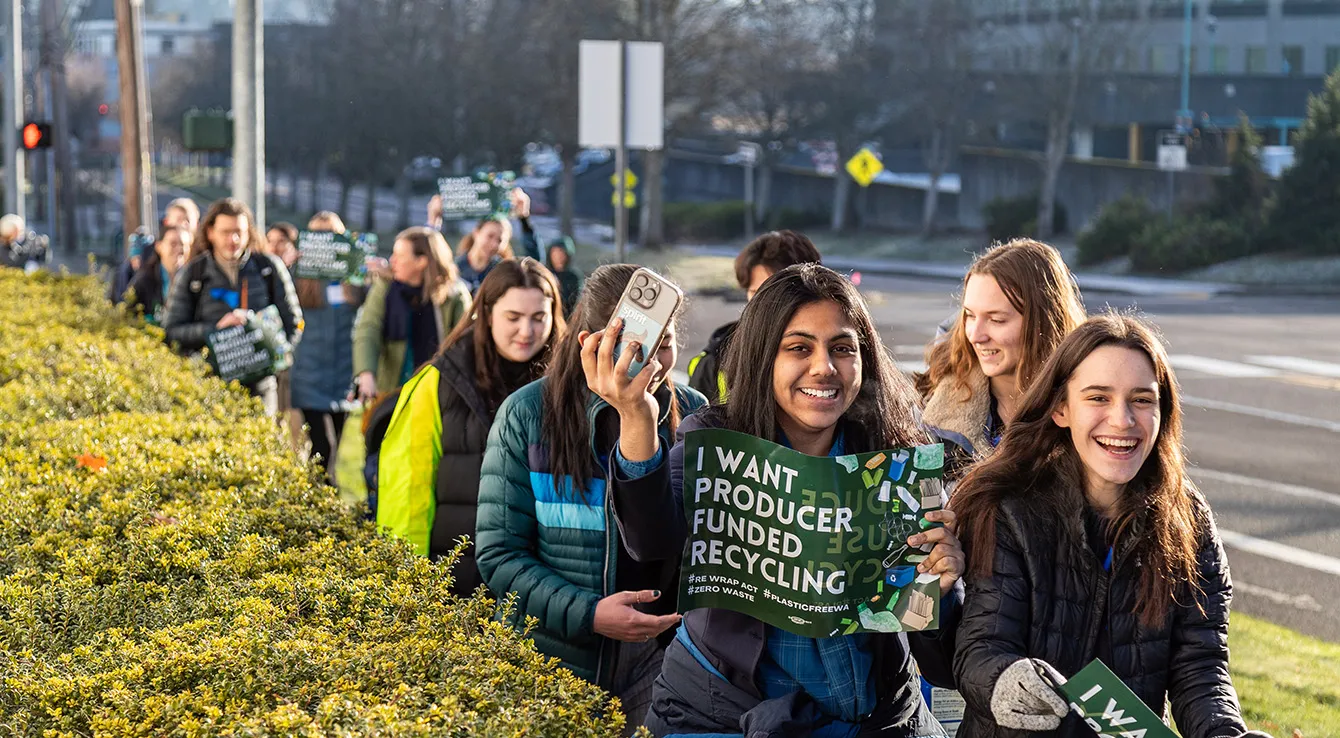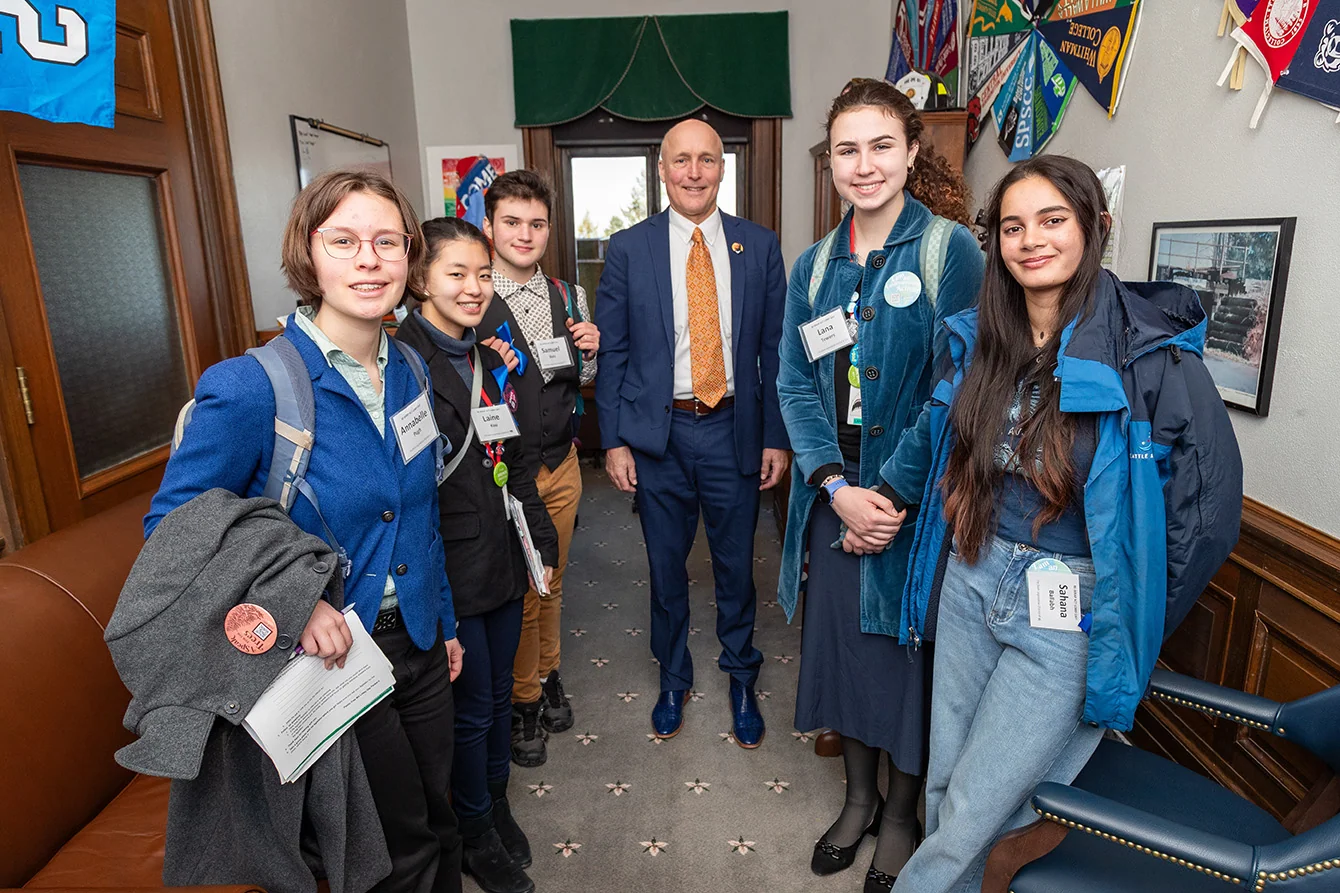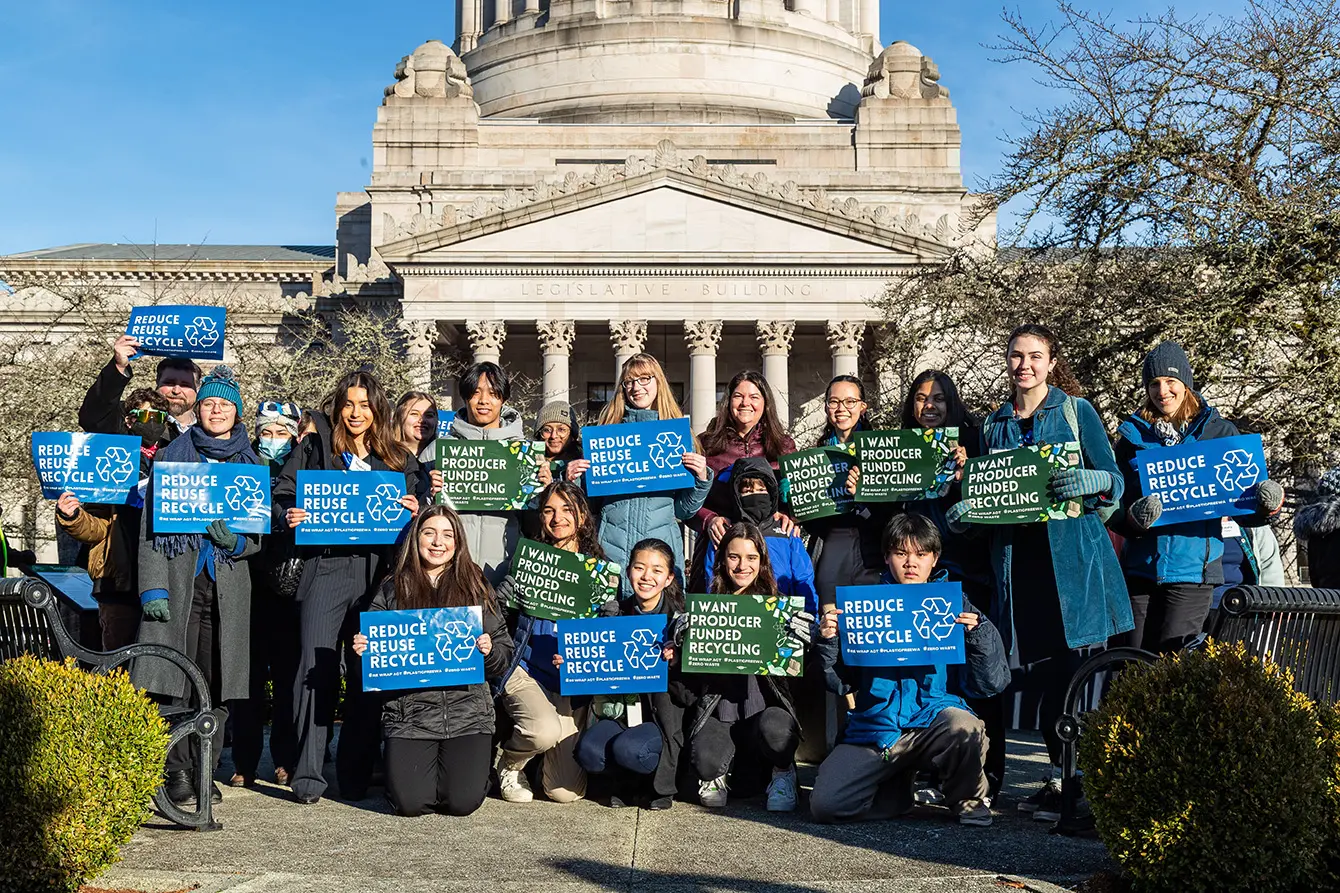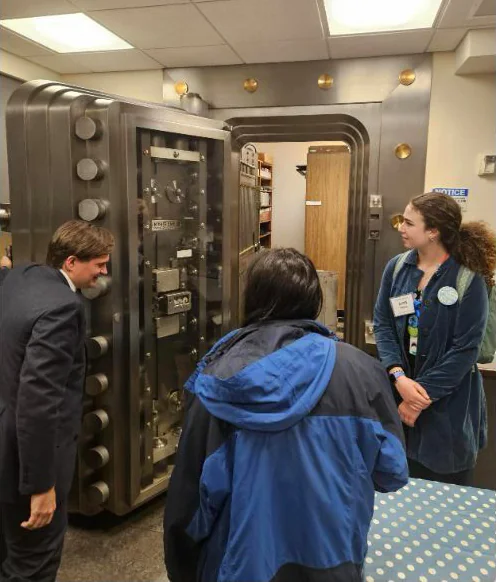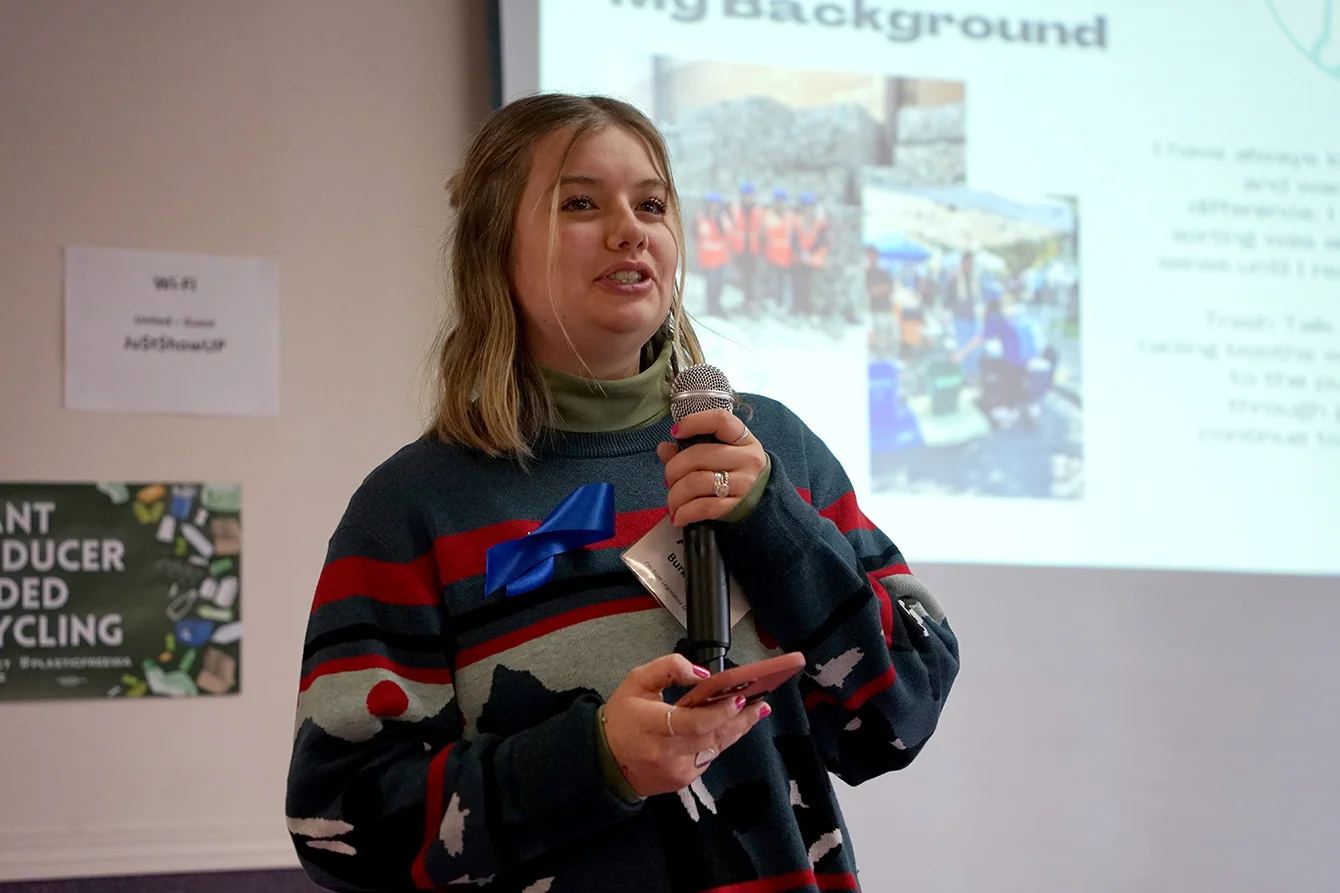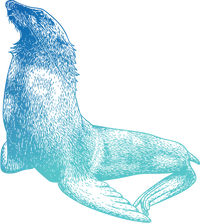What is biodiversity and why is it important to us?
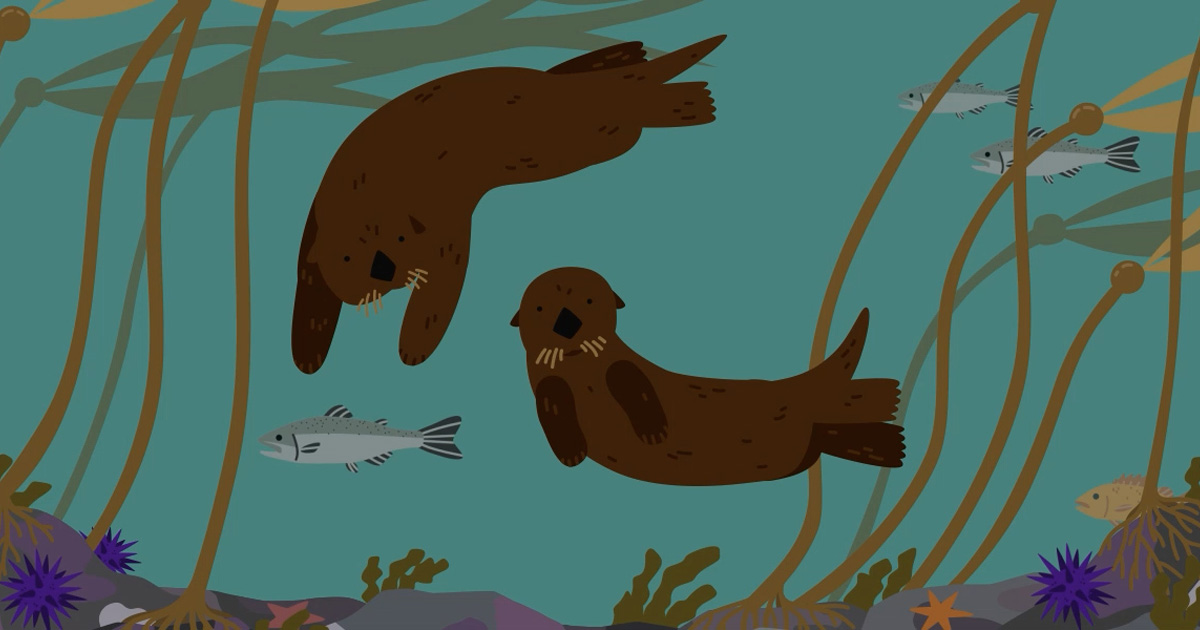
If you took a time machine back to four billion years ago, life would look very different. Because all life forms would look nearly the same! All life on Earth shares a common ancestor, but billions of years of genetic mutations took us from microscopic organisms to millions of unique species, adapted to live all around the world. This wide variety of life is known as biodiversity.
Biodiversity has three components: genes, species and ecosystems. All living things have genes, which guide how the organism will look and behave. Genes mutate, and these changes can impact how well organisms survive in their environment. Over time, genetic changes build up, eventually leading to distinct species. Many different species and nonliving environmental factors—including water, minerals, currents, wind and temperature—interact to function as an ecosystem, where they fulfill different roles. The global ecosystem of all Earth’s living beings is called the biosphere.
For example, an organism’s genes determine whether it grows a shell to become a mussel, sprouts many tentacles like a sea anemone or grows wings like a black oystercatcher. In a rocky shore ecosystem, these species all coexist. Each fills a different role, like how mussels filter water, anemones provide other organisms shelter and black oystercatchers maintain balance in the populations of their prey species.
Biodiversity's importance
A diverse ecosystem with many different species is more likely to survive natural and human-made catastrophes like floods, storms, wildfires and marine heat waves. The members of that ecosystem offer a wide range of possible strengths and defenses. Each adaptation represents a potential way to help the ecosystem bounce back from challenges.
Species within an ecosystem are connected, which means a threat to any one species could have surprisingly widespread effects.
Sea otters represent a classic example of the dangers of disregarding biodiversity. During the 18th and 19th centuries, hunters and fur traders nearly drove sea otters to extinction. The decline in sea otters led to an explosion of sea urchins, their prey, since there were no longer enough sea otters to fill the role of predator. The urchins overgrazed kelp beds, which are vital habitats for many marine species, including rockfish and salmon. Sea otter populations are on the rebound thanks to conservation efforts, but recovery of these ecosystems is a lengthy process.
Think of an ecosystem like a car. A car is made up of many different parts, some of them small or unseen. If your car were to lose one bolt, would you still want to drive it? What about two bolts or a headlight or even a whole tire? How many parts would you be willing to lose before you no longer feel safe?
Marine species face many human-caused threats, including overfishing, climate change, habitat loss and pollution. Losses of marine biodiversity have brought huge changes to ecosystems. And since Earth’s ecosystems connect to create the biosphere, losses of biodiversity could mean planet-wide changes, affecting us all.
Billions of people—including you!—rely on the ocean for food, medicine and other resources. Changes in marine ecosystems, like the continuous problem of overfishing, could threaten these resources. In addition, your job might be connected to the sea. Your favorite vacation spot or even your home might be located near a body of water that is vulnerable to coastal erosion, dangerous storms or species losses.
Threats to biodiversity could mean the loss of culturally important species or activities, especially for Indigenous communities. Some endangered marine species—including sea otters and southern resident orcas—are considered culturally significant by people native to the Pacific Northwest. Indigenous peoples have stewarded coastal areas since time immemorial and continue to lead efforts to protect marine biodiversity. Their traditional knowledge is vital to conservation work.
Our biodiversity initiatives
The Seattle Aquarium is involved in many conservation projects that aim to protect and restore biodiversity in the Salish Sea and beyond. Among our longest-running projects are seasonal and annual surveys of Washington’s sea otter population. The more information we have on sea otters, the better we can understand what conditions they need to thrive.
We are also involved in recovery projects for Indo-Pacific leopard sharks, kelp and xʷč’iłqs, which is the Lushootseed word for pinto abalone. The Seattle Aquarium values the expertise of Indigenous people and has partnered with tribes, Indigenous leaders, and local communities in Washington State and in the Coral Triangle on research and conservation efforts for these species.
Celebrating biodiversity at the Ocean Pavilion
Our new Ocean Pavilion expansion will bring the jaw-dropping biodiversity of the Coral Triangle to Seattle. Coral reefs are hubs of biodiversity. They support about a quarter of known marine life, despite taking up less than 1% of the seafloor. Known as the “Amazon of the ocean,” the Coral Triangle is a reef system in the Indo-Pacific that is considered the most biologically diverse marine ecoregion in the world. It contains 75% of known coral species, including at least 15 endemic species that are found nowhere else on the planet.
The Ocean Pavilion is designed to celebrate the biodiversity of Earth’s one ocean. The design process included cross-cultural collaboration between local Coast Salish and urban Indigenous leaders and the Aquarium’s design and architectural team.
When the building opens this summer, you’ll have the chance to come face to face with over 100 different tropical marine species. Through the Ocean Pavilion’s publicly accessible oculus window, you’ll see the beauty of a healthy reef ecosystem just by walking by. And native plantings on the rooftop and public artwork will highlight the relationships between Coast Salish communities and shoreline ecosystems.
By surrounding yourself in the ocean’s bounty of life—whether on a visit to the Aquarium or a trip to the shore—you can appreciate your part in the global web of biodiversity. And the role you can play in protecting it.
